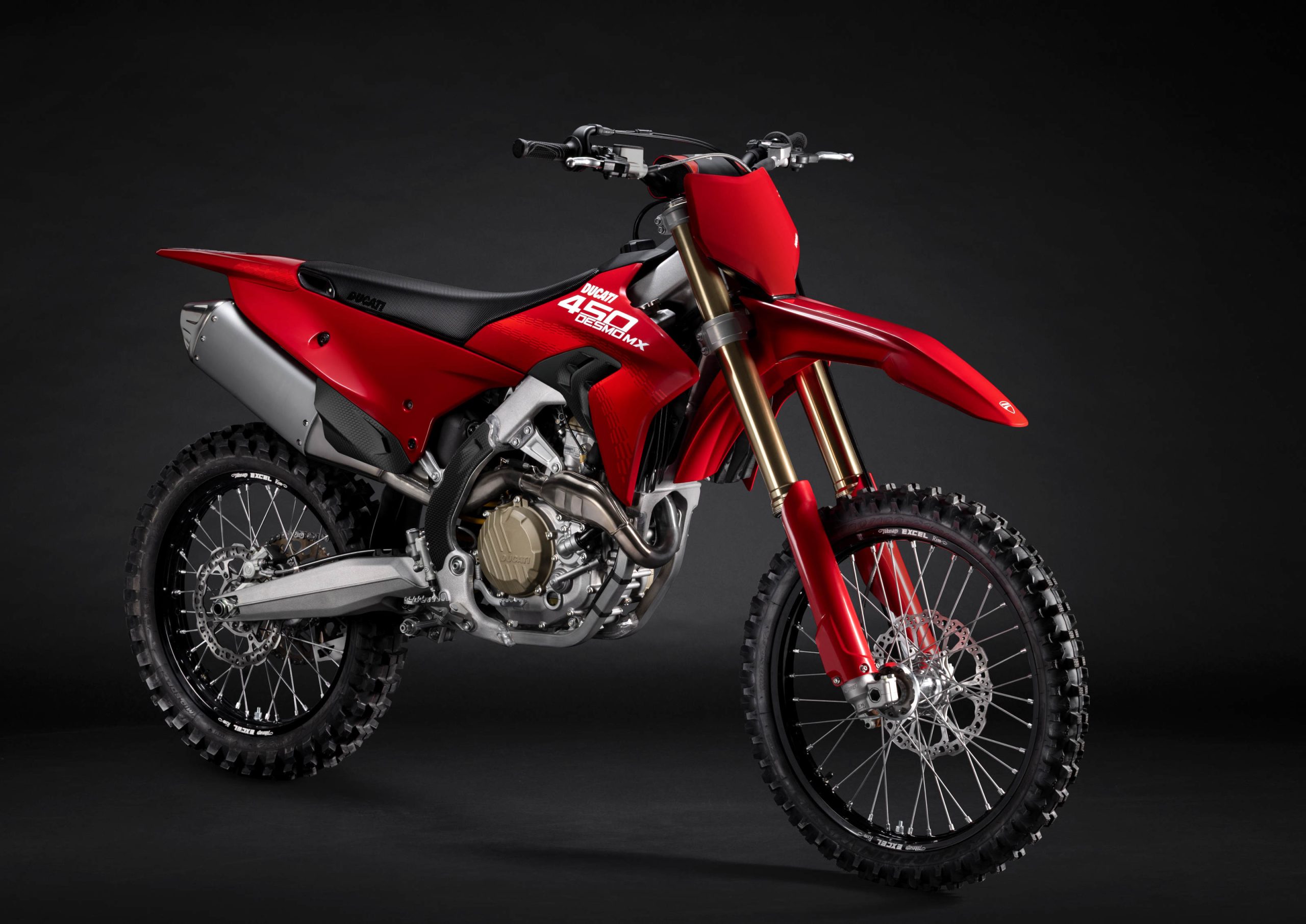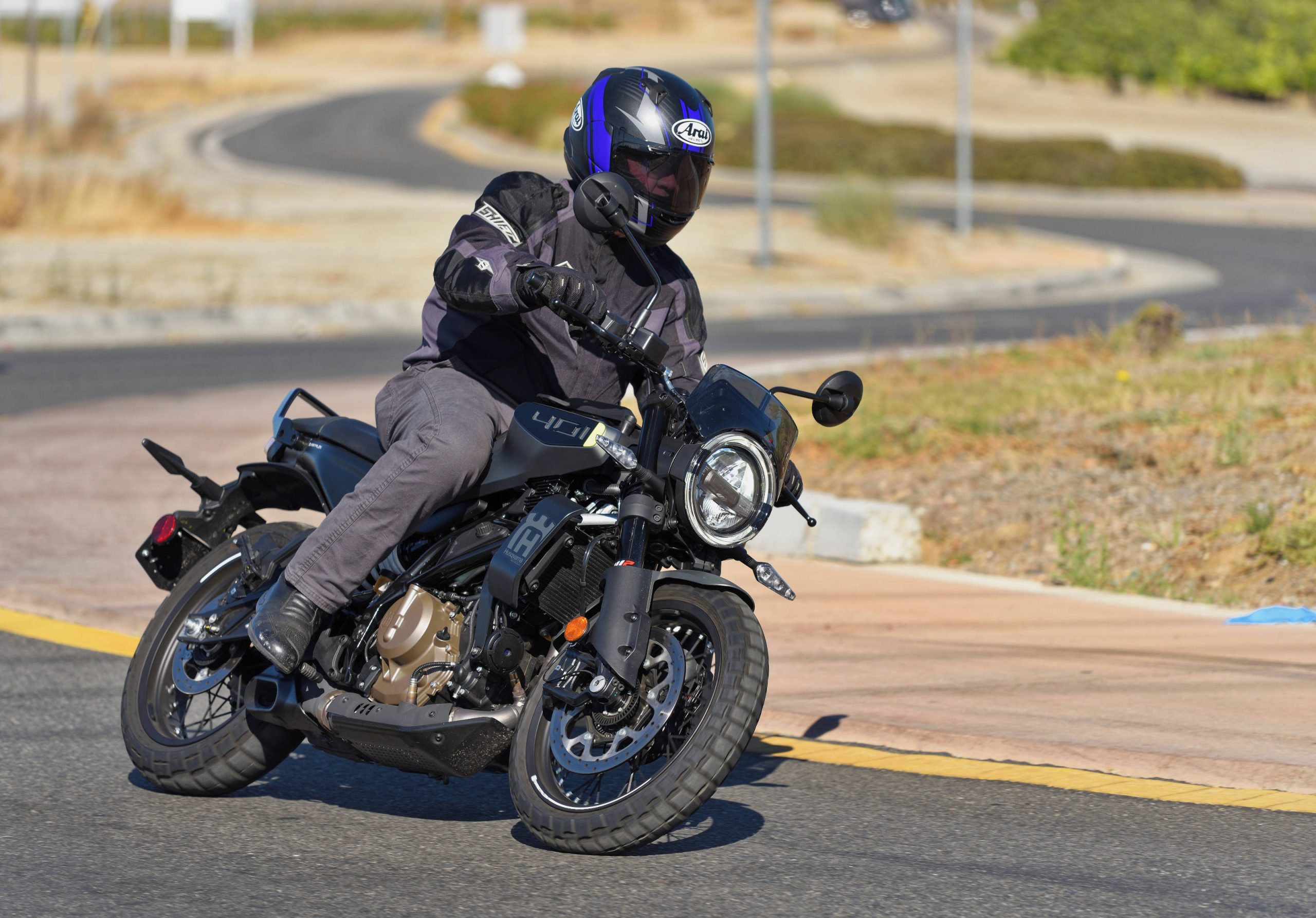Motorcycle suspension has not seen a fundamental change for many, many years. The basic design has consisted of a swingarm out back connected to either twin shocks, or a monoshock, with or without linkage. Up front, it’s been telescopic forks doing the business, and with the exception of the now extinct Yamaha GTS 1000 and Bimota Tesi 1D, along with a couple of private builders, the biggest changes have centered around cartridge-style internal damping and the adoption of upside down (USD) forks (and no, we haven’t forgotten BMW’s Telelever). In any event, these are all static designs. Once you are riding, you are stuck with the suspension settings until you pull over and manually adjust them (assuming they are adjustable, at all).
Auto technology makes its way over to the two-wheeled world when necessary, or advantageous, as in the case of catalytic converters, anti-lock brakes and variable valve timing. These days, active suspension is pretty much commonplace on high-end automobiles, like Cadillac Seville STS, Mercedes Benz, Land Rover, etc.
The benefits to cars are obvious – the resistance to body roll promotes flatter cornering attitude, and conversely, the more compliant ride available from a suspension that “reads” the road and tailors itself to the conditions rather than reacting as our “conventional” suspension does on settings that at best are a compromise to address all possibilities of terrain encountered on a ride of any distance.
General Motors has an interesting active suspension system on its Cadillac Seville STS. A shock is filled with a synthetic fluid that has soft iron particles floating in it. On the shock shaft, an electromagnet is fitted that carries a variable current that gets adjusted approximately 1000 times a second by a computer after collecting data from a number of sensors that report on suspension movement and chassis pitch in any direction. Changes in current to the electromagnet makes the iron particle-carrying fluid more, or less, viscous, and therefore more, or less, resistant to flowing through the damping orifices, effectively adjusting suspension damping to the current road conditions.
Having active suspension on a bike would create many benefits, as well. Instead of body roll, fore and aft chassis pitch, and ride height, could be controlled, along with variable damping. Steering and chassis geometry could be optimized, rather than compromised, for the wide possibilities of chassis pitch under braking or acceleration. Compression of the suspension under cornering loads could be controlled to achieve (or prevent) specific behaviors from the motorcycle in a given circumstance.
Microprocessors and small hydraulic pumps are required for most designs, and with them come extra weight and possibly horsepower loss due to the hydraulic pumps that must be mechanically driven (either directly off of the engine, or maybe indirectly off of a supplementary electric motor). Where to fit the hardware is another challenge for the designer to confront. Larger, touring-type motorcycles seem to be the most likely candidates, since their size and weight means that the weight of the extra hardware would have less of an effect than if it were fitted to something like an open-class or middleweight sportbike. Yet, it stands to reason that while all motorcycles will benefit from active suspension, sportbikes will be the greatest benefactor, since they tend to be ridden in a more aggressive manner and experience greater degrees of chassis /suspension movement.
Suzuki’s concept bike, the Falcorustyco from the 80s, had electronically controlled active suspension listed with the rest of it’s futuristic specifications, but that seems to have been the last utterance of anything concerning active suspension from any motorcycle manufacturer.
When surfing the internet, you never know what information may pop up. The name Ducati popped up when looking for information concerning active suspension, and it led MD staff to the United States Patent Office web site. There, we found that during April of this year Claudio Domenicali, on behalf of Ducati, has applied for a patent for an active rear suspension design.
Detailed descriptions of the design’s operation, complete with drawings, show that Ducati is developing an active suspension for the rear of the bike that will have the rear suspension “squat” when the motorcycle is in a braking situation — avoiding the rear wheel lift that can limit motorcycle braking forces.
Sensors that will monitor front brake line pressure and front fork movement determine when, and how much, squat is required. It seems that Ducati is looking to lower the center of gravity to make lifting the rear wheel a more remote possibility, even under the most aggressive situations, like racing. Mr. Domenicali is head of Ducati’s racing department. If you would like to learn more about Ducati’s active suspension design, go here. Quicktime will be needed to view the drawings/diagrams.





